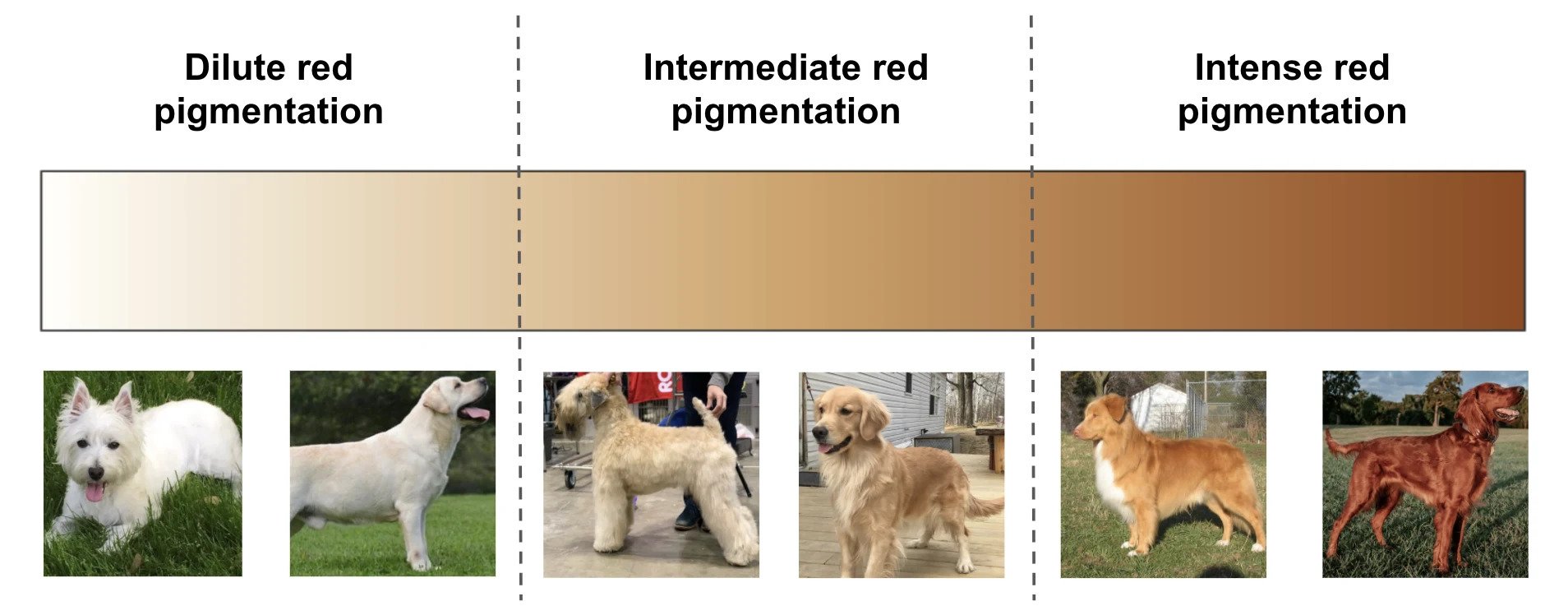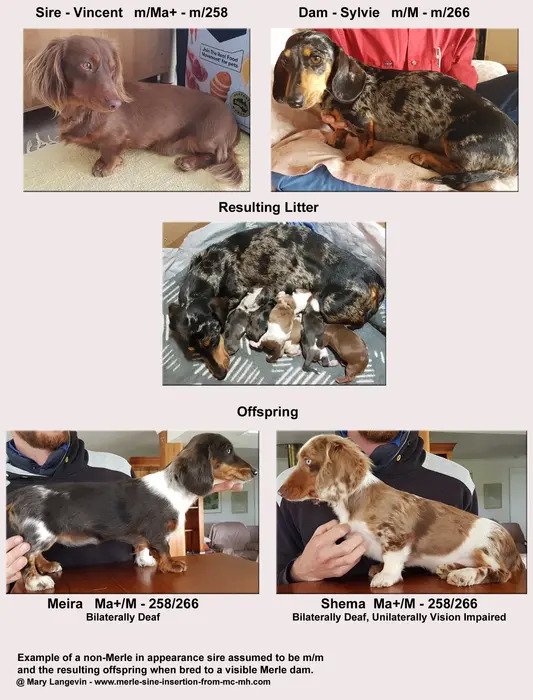
Breed Education
Breed Standard
The American Kennel Club (known more commonly as AKC) labels the general appearance of a dachshund as such:
Low to ground, long in body and short of leg, with robust muscular development; the skin is elastic and pliable without excessive wrinkling. Appearing neither crippled, awkward, nor cramped in his capacity for movement, the Dachshund is well-balanced with bold and confident head carriage and intelligent, alert facial expression. His hunting spirit, good nose, loud tongue and distinctive build make him well-suited for below-ground work and for beating the bush. His keen nose gives him an advantage over most other breeds for trailing. NOTE: Inasmuch as the Dachshund is a hunting dog, scars from honorable wounds shall not be considered a fault.
To read the full breed standard set forth by AKC, please click HERE.
IVDH / IVDD in Relation to Pediatric Spay
Background
Intervertebral disc herniation (IVDH), also referred to as intervertebral disc disease (IVDD) involves displacement of the intervertebral disc secondary to disc degeneration and is extremely common in dachshunds. Clinical signs include pain with or without paresis or paralysis. Mortality rate is high and some cases are left with permanent disability even after treatment. Aims of this study were twofold: Firstly, to investigate whether neutering, i.e. gonadectomy, is associated with increased risk of IVDH in dachshunds, and secondly to investigate whether age of neutering alters risk of IVDH in this breed.
Information was obtained for 1964 dachshunds from the owner survey, “Dachslife 2015”. For dachshunds that were ≥ 3 years and < 10 years old at the time of the survey (1073 individuals) incidence of IVDH was compared between early-neutered (< 12 months), late-neutered (> 12 months) and entire animals of each gender.
Results
Neutered females were at significantly higher risk of IVDH than entire females (risk ratio 1.81, 95% CI 1.28–2.54). For males, incidence of IVDH in neutered as compared with entire dachshunds was increased but this difference was not quite statistically significant (risk ratio 1.38, 95% CI 0.96–1.99).
For both genders, this study demonstrated significantly increased risk of IVDH in early-neutered dachshunds (before 12 months old) as compared with those neutered late (after 12 months old). For early neutered males, risk ratio was 1.54 (95% CI 1.07–2.22). For early-neutered females, risk ratio was 2.12 (95% CI 1.44–3.11).
Conclusion
Results from this retrospective study suggest that gonadectomy, especially if performed before 12 months old, increases risk of IVDH in this breed. Decisions regarding neutering should be made on an individual basis, taking a range of pros and cons into account. Considering the high prevalence, morbidity and mortality of IVDH in dachshunds, increased IVDH risk associated with neutering is a key factor to consider in deciding whether and when to neuter. Here at Koch's Mini Dachshunds, each of our puppies that is sold with limited registration has a spay / neuter agreement included with the contract. The contract indicates that the puppy must not be desexed prior the age of 24 months and no later than the age of 36 months. This is to ensure that each puppy has received all of the hormones from sexual maturity to decrease their risk of IVDH / IVDD in life.
Source
To read the full text in regards to the study performed, please click HERE.
Red Pigment Intensity Test
Dr Andrea Slavney of Embark Labs published a study regarding the variants involved in deriving cream. Cream color in the dachshund coat is primarily driven by MFSD12. The other four alleles shown in the sub loci enhance the brightness and brilliance of the coat but do not alter pheomelanin in such a way as to compromise its color. Click HERE to read the study text in its entirety. Click HERE to review the description of the addition of red pigment intensity to the Embark for Breeders product.
Double Dapples
Through extensive research, it has been determined that the merle gene (referred to as dapple in dachshunds) has different lengths, determined by a base pair number. These lengths can lead to different levels of expression of the pattern which can make it difficult to determine if a dog is merle from a visual examination alone.
If two dapples are bred together, the resulting offspring may have genetic defects caused by the overlapping merle genes. The most common problems are blindness and deafness, but other issues include malformed or missing eyes, deformed or missing ears, as well as known health issues in the breed (such as IVDD) being exacerbated.
This is an example of a sire with an Ma+ - 258 allele thought to be non-merle by phenotype and resulting litter when bred to an m/M - m/266 female. As you can see, the sire does not appear to be a merle whereas the dam is obviously merle. The resulting offspring were double merle (double dapple) and show some of the known defects in a merle to merle breeding.
At Boondachs, we test every dog we use in our breeding program for color and pattern to ensure we are not producing any double dapple puppies. It is part of our commitment to create healthy litters that grow up into dogs who are happy and live long lives. You can find all of the results from the testing we have completed on the Our Breeding Dogs* page.
It's important to keep in mind that while double dapple puppies are sometimes labeled as "rare" or "unique", reputable breeders should be completing genetic testing on their dogs to prevent any double dapple offspring.
A special thank you to Mary Langevin for allowing us to share these results from another breeder. Please click HERE to purchase Mary's book which details her extensive research into Merle.
*Coming soon! Check back for updates.


